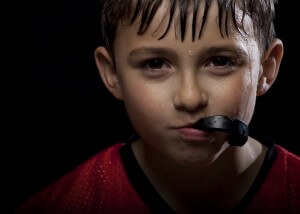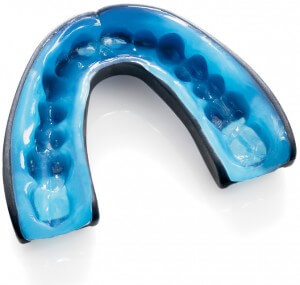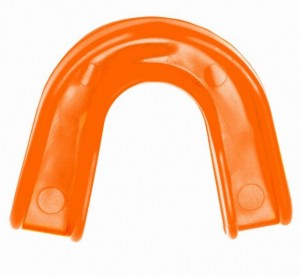
Just noisy…
Do you ever wake up with a sore jaw, neck, mouth or a headache? If so, you may suffer from Bruxism – often referred to simply as teeth-grinding. If you’re married, chances are your partner may have heard or seen your jaw clenching away in the night.
… or more serious?
But it’s more than just an annoyance to spouses. Grinding can be a symptom of a bigger health issue. Sleep experts note that their studies show that both bruxism and GERD (acid reflux) have been linked to health risks including stroke, heart disease, arrhythmias and esophageal cancer.
Plus there is the disruption in sleep that comes with teeth-grinding. Ongoing lack of quality sleep can cause a host of problematic symptoms, including depression, memory loss, hypertension and weight gain, according to the Centers for Disease Control & Prevention.
An increasing number of mouth, nose and throat disorders are being linked to unusual cranio-facial development. Additional research is also showing that teeth-grinding may be symptom of obstructed breathing during sleep. Known as upper airway resistance syndrome (UARS), this collection of conditions can be serious. They can be a precursor to the more serious sleep apnea— where breathing actually stops for seconds at a time, dozens or even hundreds of times each night.
Treatments
Regardless of the cause, bruxism has serious side affects (cracked or broken teeth, damage to existing dental work, loss of sleep) and shouldn’t be ignored. The good news is that there are numerous options that not only prevent nighttime grinding, but also help with UARS. If you find yourself clenching or grinding during the day, relax! Dr. Meyer specifically recommends a simple repetitive reminder of “Lips together, teeth apart.”
If you suspect you may be grinding your teeth, or have unexplained tooth wear or damage, talk to us. We’ll check for problems and recommend a mouthguard, splint or other solution that can help.




